Bashir M Al-Hashimi
Optimising Resource Management for Embedded Machine Learning
May 08, 2021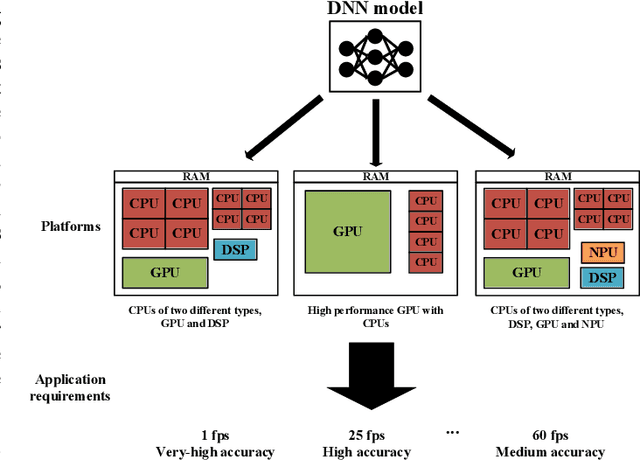
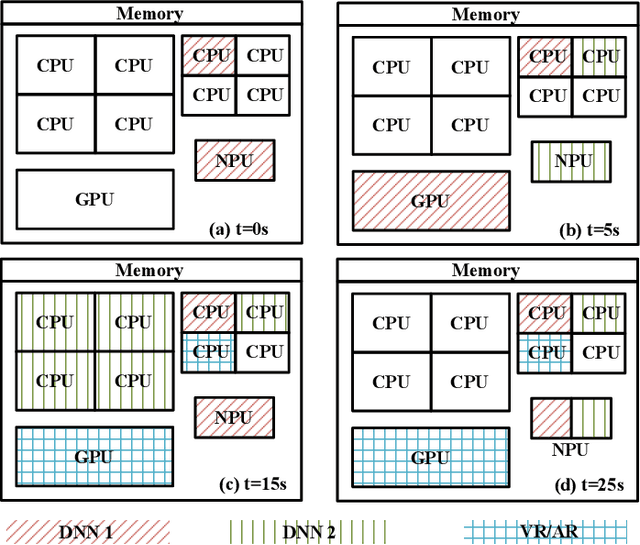
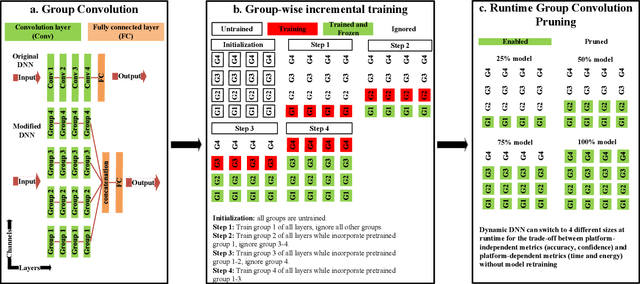
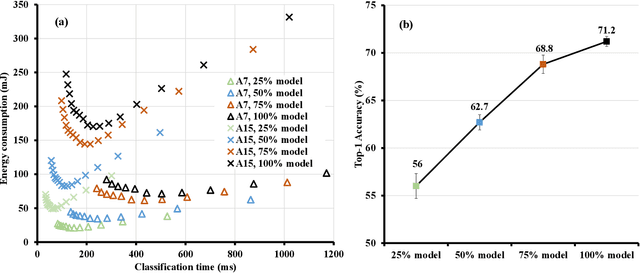
Abstract:Machine learning inference is increasingly being executed locally on mobile and embedded platforms, due to the clear advantages in latency, privacy and connectivity. In this paper, we present approaches for online resource management in heterogeneous multi-core systems and show how they can be applied to optimise the performance of machine learning workloads. Performance can be defined using platform-dependent (e.g. speed, energy) and platform-independent (accuracy, confidence) metrics. In particular, we show how a Deep Neural Network (DNN) can be dynamically scalable to trade-off these various performance metrics. Achieving consistent performance when executing on different platforms is necessary yet challenging, due to the different resources provided and their capability, and their time-varying availability when executing alongside other workloads. Managing the interface between available hardware resources (often numerous and heterogeneous in nature), software requirements, and user experience is increasingly complex.
Incremental Training and Group Convolution Pruning for Runtime DNN Performance Scaling on Heterogeneous Embedded Platforms
May 08, 2021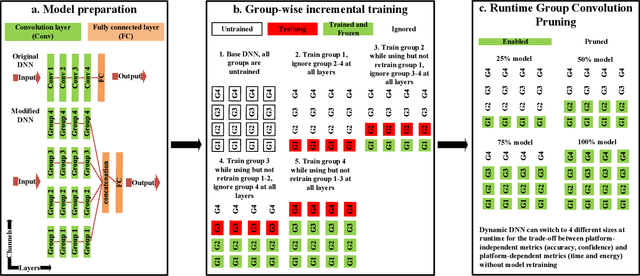
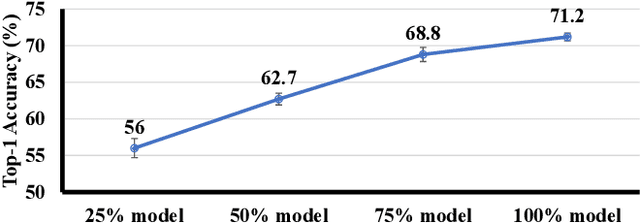
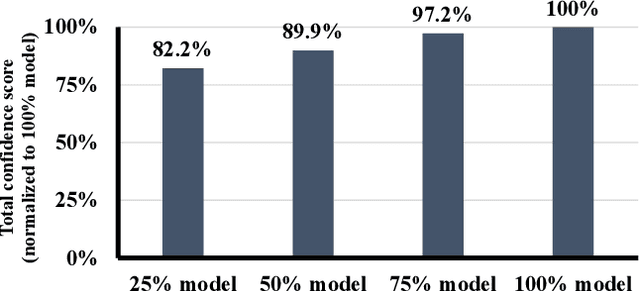

Abstract:Inference for Deep Neural Networks is increasingly being executed locally on mobile and embedded platforms due to its advantages in latency, privacy and connectivity. Since modern System on Chips typically execute a combination of different and dynamic workloads concurrently, it is challenging to consistently meet inference time/energy budget at runtime because of the local computing resources available to the DNNs vary considerably. To address this challenge, a variety of dynamic DNNs were proposed. However, these works have significant memory overhead, limited runtime recoverable compression rate and narrow dynamic ranges of performance scaling. In this paper, we present a dynamic DNN using incremental training and group convolution pruning. The channels of the DNN convolution layer are divided into groups, which are then trained incrementally. At runtime, following groups can be pruned for inference time/energy reduction or added back for accuracy recovery without model retraining. In addition, we combine task mapping and Dynamic Voltage Frequency Scaling (DVFS) with our dynamic DNN to deliver finer trade-off between accuracy and time/power/energy over a wider dynamic range. We illustrate the approach by modifying AlexNet for the CIFAR10 image dataset and evaluate our work on two heterogeneous hardware platforms: Odroid XU3 (ARM big.LITTLE CPUs) and Nvidia Jetson Nano (CPU and GPU). Compared to the existing works, our approach can provide up to 2.36x (energy) and 2.73x (time) wider dynamic range with a 2.4x smaller memory footprint at the same compression rate. It achieved 10.6x (energy) and 41.6x (time) wider dynamic range by combining with task mapping and DVFS.
 Add to Chrome
Add to Chrome Add to Firefox
Add to Firefox Add to Edge
Add to Edge